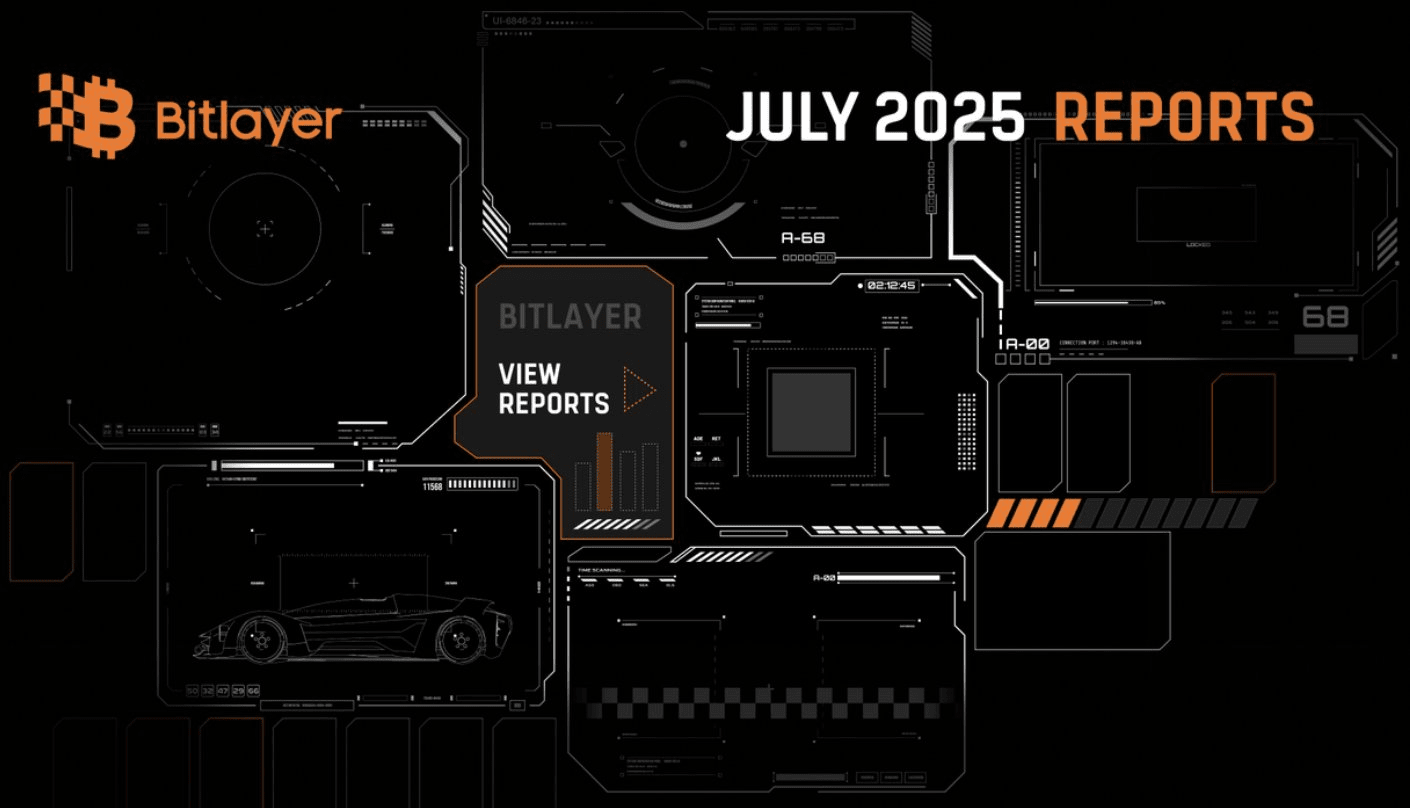From 'pictorial plans' to 'alignment tables'! Bitlayer's 'C-position thinking', 'sense of boundaries' and beginner-friendly guide in the BTC ecosystem 🥳
Let's first peel back the industry map—Bitlayer's route is crystal clear: connecting chains with the 'most trust-efficient' BitVM bridge, activating assets with the yield-generating YBTC, and adding high-throughput Rollup to resolve congestion, with a clear goal: to build a 'truly usable DeFi infrastructure' for BTC! Recently, official and community updates have confirmed this: 'high-throughput Rollup, lower fees, and security anchored to Bitcoin'—these three are the top priorities.
Let's pull it back into the comparison framework: Some BTC L2s rely solely on 'consensus/security spillover' for sustenance (like using BTC staking as a safety net for other chains), while others are focused on 'contract/application layers'. Bitlayer is clearly a loyal player of the latter—welding the programmability of EVM with Bitcoin's 'final say' attribute, then letting YBTC 'loosen the soil and bring the assets to life'. Moreover, reliable information emphasizes: Without Rollup, Bitcoin L2 will eventually be 'choked' by the throughput bottlenecks and fees of the main network.
Whether you are an ordinary user or a development team, you should keep this beginner's checklist handy:
- Asset side: Small amounts should first try the fast track for the bridge, getting familiar with how YBTC is minted, burned, and cross-chained; for large amounts, we must proceed cautiously and follow safer procedures;
- Contract side: Follow the development rhythm of Ethereum and deploy on the Bitlayer testnet, making sure to verify the versions of RPC, compilers, and toolchains, avoiding version pitfalls;
- Liquidity: Keep an eye on the cross-chain pool and market depth of YBTC.B; the liquidity of edge links is like 'thin ice', so don't step on it lightly;
- Monitoring: The challenges of bridges/arbitration events, L1 submission rhythm; all these need to be subscribed to. When encountering extreme market conditions, reduce leverage if needed, and do not hesitate to exit in layers.
By the way, external research reports and information have defined Bitlayer as—'a reliable path for Bitcoin all-stack DeFi L2', especially praising YBTC for transforming BTC from 'just lying flat as a stock asset' into 'a programmable asset that can generate income'. If any team wants to create some 'incremental cash flow' for BTC, don't just look at it; this path is worth trying.
To be frank, whether Bitlayer can 'establish a foothold' in the BTC ecosystem, without relying on slogans, depends on three things: Whether the bridge is trustworthy enough, how well YBTC works, and whether the throughput and cost curve of Rollup are efficient. If these three matters can go smoothly, the foundation of Bitcoin's DeFi can truly be solidified!

